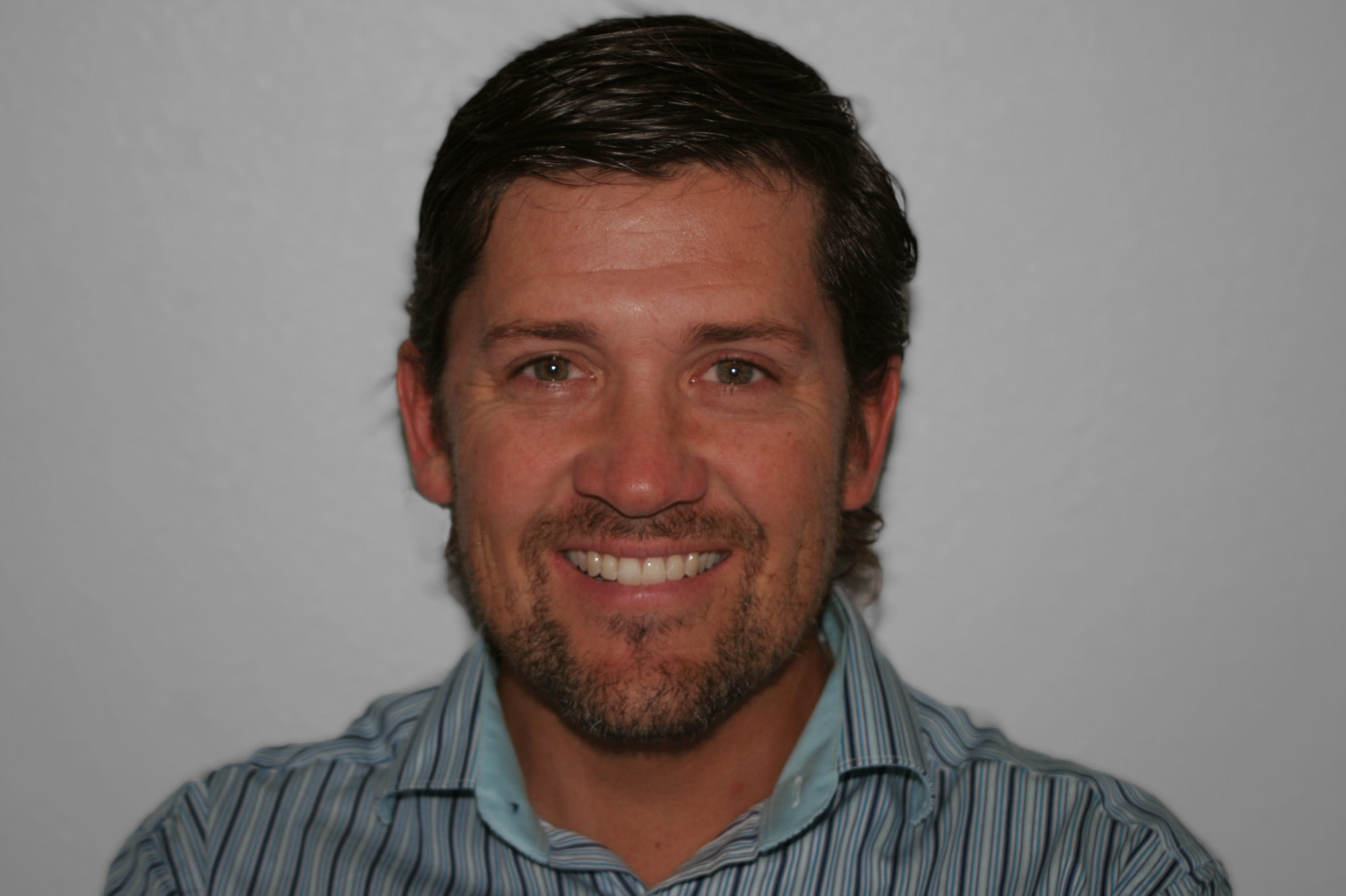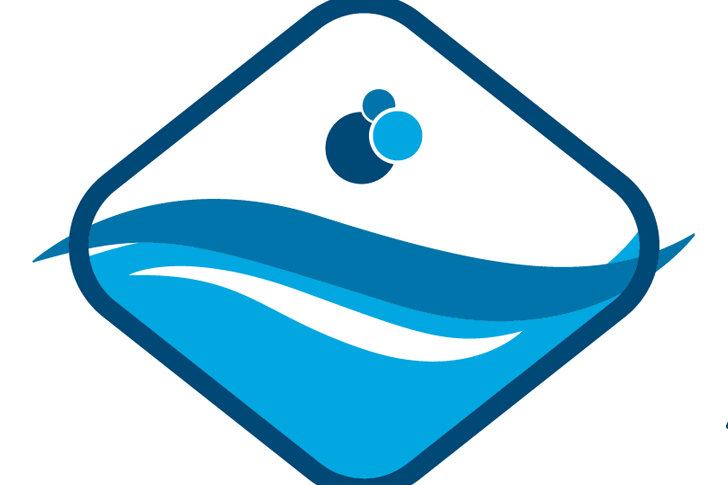He may be known as an up-and-comer among the Genesis set, but David Penton actually is a seasoned veteran.
This year marks the 25th anniversary of his introduction to the industry, as a college math student antsy to earn an income while waiting for classes to become available. Since then, the CEO of Fluid Dynamics Pool and Spa in Fullerton, Calif., has gained more than a name for himself — in 2015, he and Fullerton-based landscape architect Alison Terry of Terry Design were honored in Pool & Spa News’ Masters of Design gallery. “I’m just always striving to be the guy who can be trusted with the most complex projects,” he says.
Here are five interesting facts about David Penton.
• He started out as a service tech.
As a young man, Penton quickly learned a reality familiar to many a state-U student: When it comes to courses, demand always exceeds supply. Unable to get the classes he needed, he didn’t want to sit on his hands. “I figured, ‘If I’m not going to school full-time, I’m working,’” he says.
Having occasionally helped a service-tech buddy in the past, Penton decided to try the trade full-time. It only took a year working for another local company before he struck out on his own. “I remember looking at them, thinking, ‘I can do this better,’” he says. “I knocked on doors five days a week. By the time I got back to school that following fall, I had 30 or 35 pools.”
Eventually his company had approximately 130 accounts. To manage these, he didn’t have employees but rather worked with subcontractors. “I wanted to help build up other people’s companies,” he says. “It created a bit of a challenge, because every couple years they were big enough to go off on their own.”
Penton kept his service arm until just two years ago, when he sold it. “I’m still in contact with the guy who bought the service division from us,” he says. “He’s still servicing accounts from clients who I started with way back in 1992.”
• He has a great story about transitioning into construction.
It’s one of his favorites, in fact. As a service entrepreneur, Penton counted among his clients the parents of his best friend. One night, when Penton was at their house, the father pulled him aside. “He said, ‘We’ve known you for 20 years, and we just feel like you have more to offer,’” Penton recalls. “They had gotten plans drawn up for a fairly significant backyard remodel, and he said, ‘We would like for you to do this job for us.’”
Penton had only performed light remodeling, such as replasters and new equipment-pad installations. So he couldn’t just take on a major renovation overnight, especially since California requires a different license for construction.
“My friend’s dad said, ‘We would like for you to get your pool construction license. We will wait.’”
It took approximately a year and a half before Penton broke ground. In that time, he obtained the correct license, spent time shadowing his old service-tech friend, who had since become a builder, and lined up subcontractors whom he trusted. And his buddy’s parents waited.
“My first-ever project was a $100,000 remodel,” Penton says. “Back in 2002, that was significant — even for California.”
• He became an expert juggler.
At first, Penton’s pool-builder friend proved critical in his learning process. “He kind of held my hand during the first two projects,” Penton says.
But he still had a service company to run. Not only did it keep food on the table, but the steady income allowed him to stand firm on construction pricing: If a potential customer balked, there wasn’t as much pressure to negotiate down.
To manage both, he scheduled his time so he could perform repair work in-house, then spent one or two days each week working full-time on construction projects. When he was on the service route, he would work in close proximity to his building sites.
“I could stop in at every construction job in the morning,” Penton says. “Then I’d be out and about cleaning pools. I was never more than a 10- or 15-minute drive from any construction project. It worked out well — I could be almost bi-vocational.”
• He has an interesting business model that sticks to his strengths.
Penton never designs the aesthetic portion of his projects — only the mechanical, hydraulic and structural. “All the stuff we design, nobody ever sees,” he says. “I’m thankful to have taken design classes with Genesis, because I can be sensitive and understand which areas of a design would be sacred or important to an architect.”
Working with designers such as Terry, a frequent collaborator, has been a defining part of his business model. And that work has become increasingly elaborate. Over the past year or so, Penton also has done more consulting work, partnering with fellow Genesis firm Watershape Consulting, in Solana Beach, Calif., to map out details for structures and hydraulic systems on complex waterscapes.
Contracts with these clients will include a final cost and stipulate how many hours of work that includes. If the job requires significantly more hours because of changes late in the process, that price may be renegotiated. Penton doesn’t necessarily become the contractor, but he requests to be considered among bidders.
He does a lot of the field work — “grunt work,” as he calls it. This entails site visits, face-to-face meetings with architects and providing a general framework of what the system will require. Then Watershape Consulting, owned by David Peterson, will review and fine tune the plans.
• Mentoring and learning the why’s took him to the next level.
Penton’s interest in math drew him to construction. An old buddy helped him learn the trade. And once he became involved in the design/construction education organization Genesis, a new friend helped him become a high-end builder.
Now retired Genesis mainstay Randy Beard, whose company still operates in the Orange County area, took Penton under his wing, welcoming him for ride-alongs and working on Penton’s first few high-caliber installations. “I would say Genesis was 55- to 60% of my success, and Randy was 45- to 50%,” Penton says.
That’s not to discount book learning and classwork. Going deeper into key principles we take for granted, such as why 3-inch plumbing increases hydraulic efficiency and how 4,500-psi concrete strengthens a structure, helped him work more intelligently with subcontractors.
“I was blessed with good subs,” he says. “But I started to realize how much I was relying on them for all the nuts and bolts.”
Now he’s reached a status where he can work on a pool with one of the first movable floors in Southern California.
“As I continued to grow through my education, it continued to grow me as a builder,” he says. “Every job was a little bit better than the last one.”



